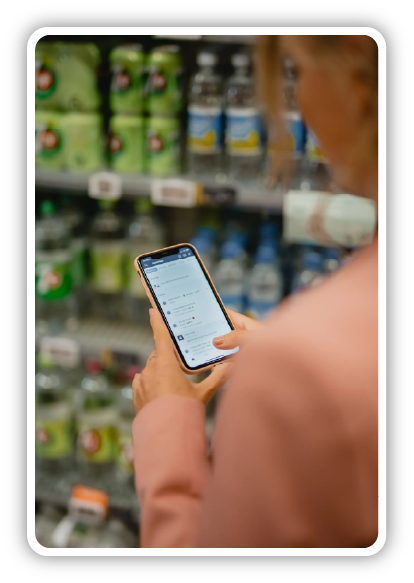Mystery shopping is a powerful tool that enables businesses to gain real-time insights into customer experiences, operational standards, and brand compliance. By using anonymous shoppers who evaluate various aspects of the customer journey, companies can uncover hidden issues and opportunities for improvement. This step-by-step guide explains how the mystery shopping process works, from defining project goals to analyzing the results, helping businesses enhance their customer service and operational effectiveness.
1. Defining clear goals for your Mystery shopping project
When starting a Mystery shopping project, the first step is to define clear and measurable goals. These goals could range from assessing the level of customer service, evaluating staff knowledge, monitoring in-store compliance, or reviewing store appearance and cleanliness. Defining these goals is crucial, as it ensures the mystery shopping efforts align with the business’s broader strategy and provide actionable insights.
2. Recruiting and training Mystery shoppers
Once the objectives are clear, the next step is to recruit mystery shoppers who fit the target customer profile. These individuals are selected based on their demographics, shopping habits, or other characteristics that closely resemble the brand’s typical customers. Before conducting visits, mystery shoppers are given detailed guidelines and training. This preparation includes instructions on what to observe during the visit, how to interact with staff, and any specific behaviors they need to display, such as asking certain questions or testing customer service protocols.

3. Conducting the Mystery visit
The mystery shopper then visits the designated location, blending in with regular customers. During the visit, the shopper follows a predetermined scenario that may involve making a purchase, asking about promotions, or interacting with specific employees. They discreetly observe the environment, noting key details such as store cleanliness, product availability, staff knowledge, and overall service quality.
The shopper’s role is to experience the store from a typical customer’s perspective while collecting critical information for the client.

4. Completing the evaluation

The mystery shopper completes a detailed evaluation, usually in the form of a questionnaire. This report typically includes both quantitative data (for example, “Was the store clean on a scale of 1 to 5?”) and qualitative observations (for example, “Describe how the employee greeted you”). In many cases, mystery shoppers are also required to submit photos to verify in-store compliance or promotional displays.
This step ensures that the client receives well-documented feedback that is both accurate and insightful.
5. Quality control and data review
Once the mystery shopper submits their evaluation, the data undergoes a thorough quality control process. The feedback is reviewed to ensure it meets the required standards for accuracy and detail. After quality control checks, the data is compiled into a comprehensive report that aligns with the client’s initial goals.
6. Reporting
The final step in the mystery shopping process is sharing the results with the client. A well-structured report provides a summary of the findings, highlighting areas where the business is excelling and identifying opportunities for improvement.
